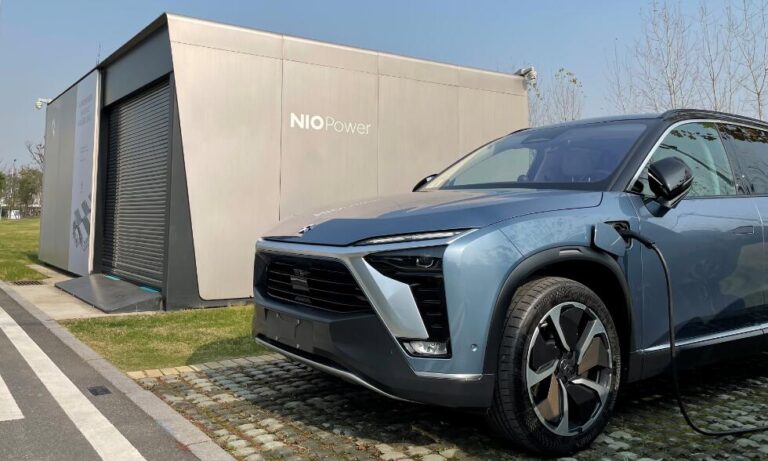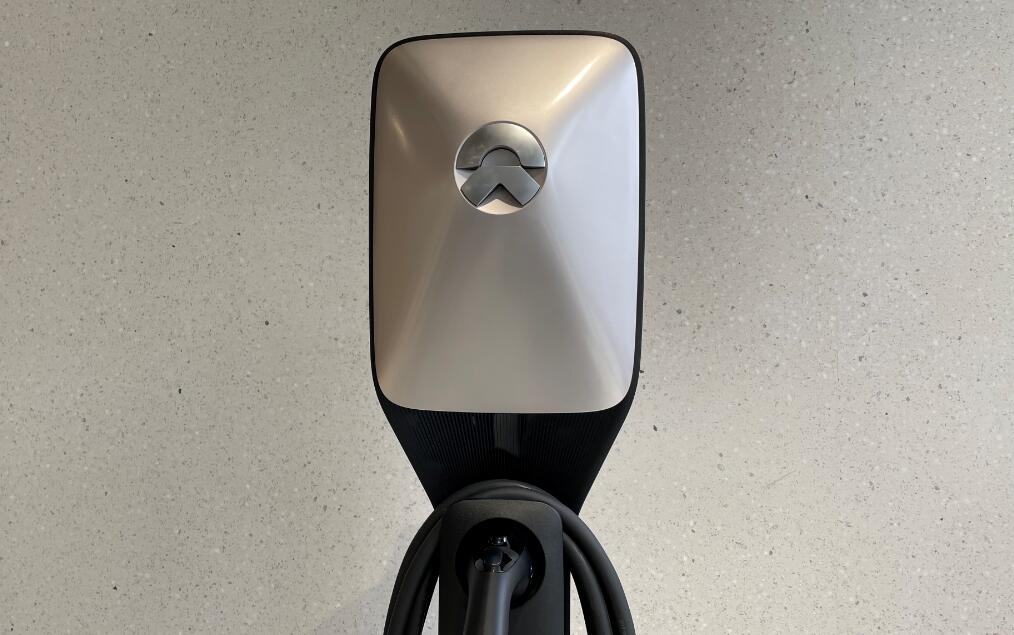The global dominance of electric vehicles will arrive in 2033, five years earlier than previously expected, according to a new study by Ernst & Young.
That's because stricter regulations and rising interest are driving demand for zero-emission transportation, the study says.
Using artificial intelligence forecasting tools, Ernst & Young concluded that electric vehicle sales in the European, Chinese, and US markets will surpass fuel vehicle sales within 12 years.
By 2045, non-electric vehicle sales will fall to just under 1 percent of total global vehicle sales, the forecast shows.
Strict government directives to combat climate change are driving demand in Europe and China. Ernst & Young predicts that electric vehicle sales in Europe will overtake fuel vehicles first, in 2028.
China will see this result in 2033, and the US in 2036, according to Ernst & Young.
Europe will hold the lead in electric vehicle sales until 2031, but China will become the world's largest electric vehicle market in 2031, Ernst & Young predicts.
Gasoline and diesel-powered vehicles will still account for about two-thirds of all light-duty vehicles by 2025, but that will mark a 12-percentage-point decline from 2020.
Ernst & Young predicts that non-electric vehicles will account for less than half of all light-duty vehicle registrations by 2030.
About half of the world's new energy vehicles are now in China.
By the end of May 2021, China will have about 5.8 million new energy vehicles, about 50 percent of the world's total, Xinhua said Friday, citing data from the China Association of Automobile Manufacturers (CAAM).
The CAAM recently released data showing that from January to May, China's new energy vehicle sales reached 950,000 units, both up 2.2 times year-on-year, and the market penetration rate reached 8.7 percent.
(Source: CnEVPost)


